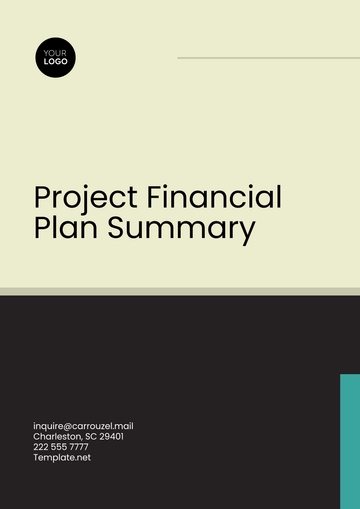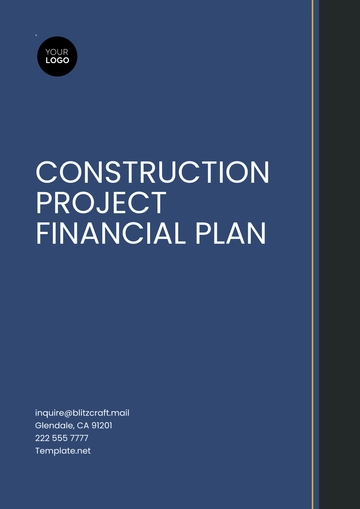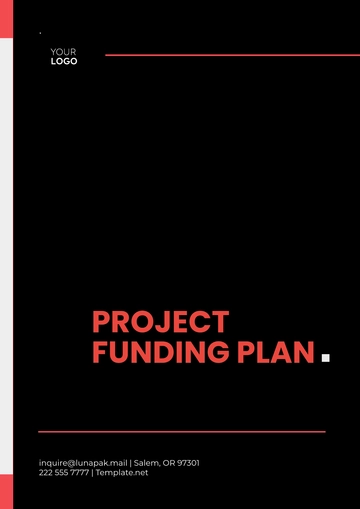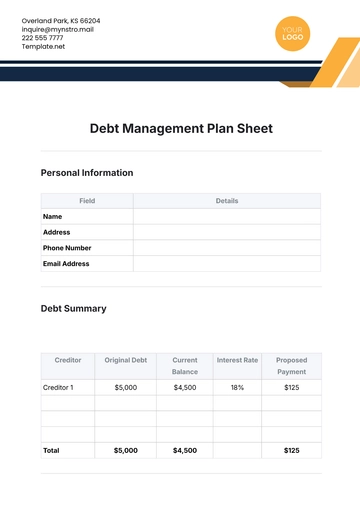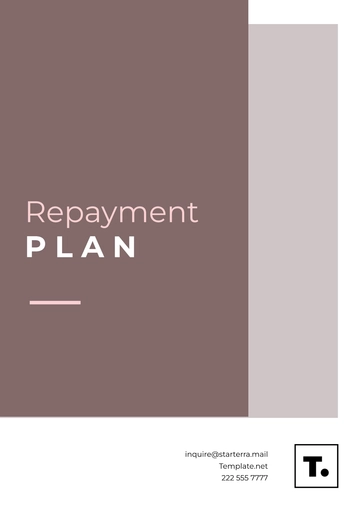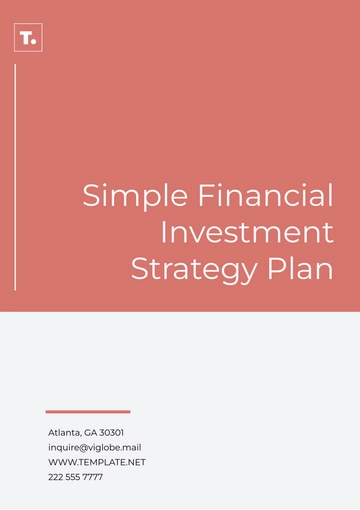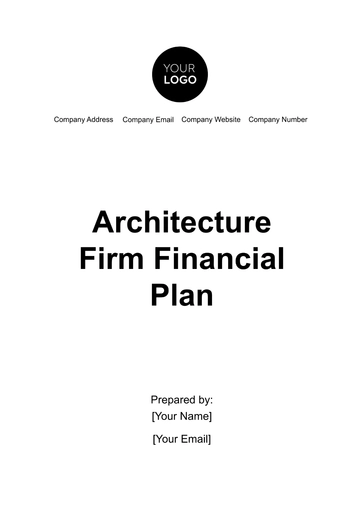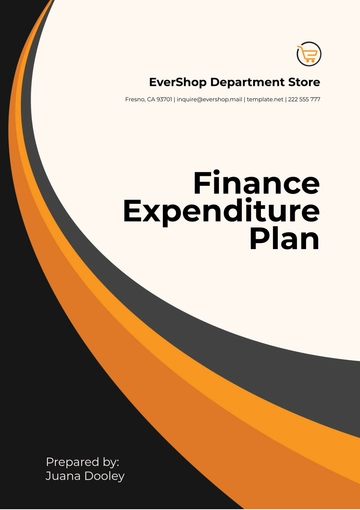Free Blank Movie Theater Financial Plan
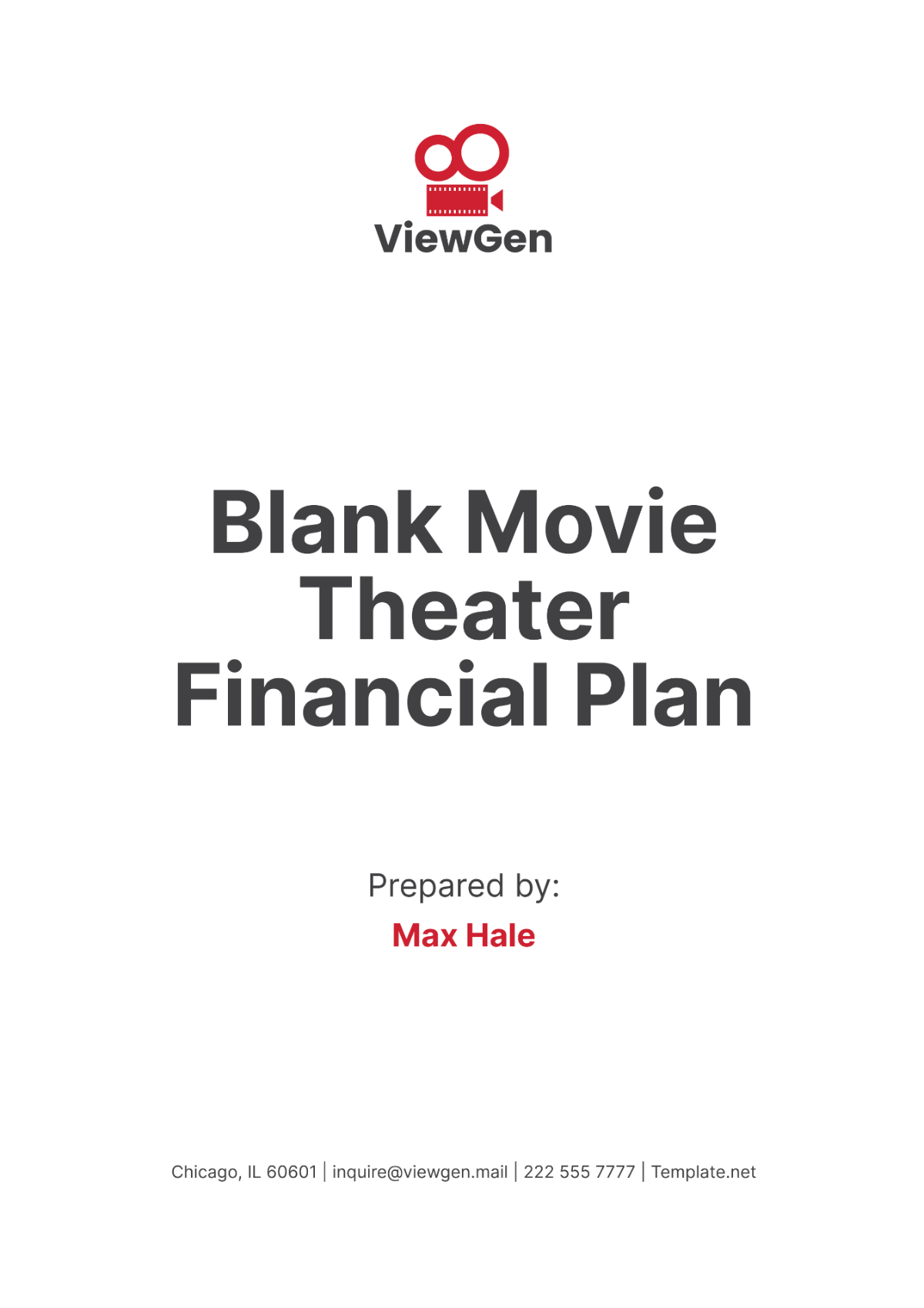
I. Executive Summary
(Provide an overview of the financial plan, including objectives and main financial goals. Summarize the key points that will be discussed in the plan.)
II. Startup Costs
(List and describe the various startup costs required to get the theater operational.)
Expense Category | Amount |
|---|---|
[Building Lease] | [$50,000] |
III. Revenue Projections
(Estimate the expected income from ticket sales, concessions, and other sources of revenue. Include realistic projections based on market research and industry standards.)
A. Ticket Sales Revenue
(Provide a breakdown of projected revenues from ticket sales based on different scenarios.)
Month | Low Scenario | Medium Scenario | High Scenario |
|---|---|---|---|
[January] | [$10,000] | [$15,000] | [$20,000] |
B. Concessions Revenue
(Estimate the income expected from sales of concessions such as popcorn, drinks, and snacks.)
Month | Low Scenario | Medium Scenario | High Scenario |
|---|---|---|---|
[January] | [$5,000] | [$7,000] | [$9,000] |
IV. Operating Costs
(Identify the ongoing expenses needed to run the theater, such as utilities, staffing, marketing, maintenance, and supplies.)
A. Monthly Operating Expenses
(Break down the estimated monthly operating costs.)
Expense Category | Amount |
|---|---|
Utilities | [$3,000] |
Staffing Costs | |
Marketing | |
Maintenance | |
Supplies |
B. Annual Operating Expenses
(Provide an overview of the projected annual operating costs.)
Expense Category | Amount |
|---|---|
Utilities | [$36,000] |
Staffing Costs | |
Marketing | |
Maintenance | |
Supplies |
V. Cash Flow Statement
(Show how cash will flow in and out of the business month-by-month. Include all revenue streams and expenses.)
A. Monthly Cash Flow
(Provide a detailed monthly cash flow projection for the first year.)
Month | Cash In | Cash Out | Net Cash Flow |
|---|---|---|---|
[January] | [$25,000] | [$20,500] | [$4,500] |
B. Annual Cash Flow
(Summarize the annual cash flow projection.)
Year | Cash In | Cash Out | Net Cash Flow |
|---|---|---|---|
[2050] | [$360,000] | [$246,000] | [$114,000] |
VI. Profit and Loss Statement
(Detail the projected profits and losses over the course of the first year. Break down by month and include projected revenues and expenses.)
A. Monthly Profit and Loss
(Provide a breakdown of the profit and loss by month.)
Month | Revenue | Expenses | Net Profit/Loss |
|---|---|---|---|
[January] | [$25,000] | [$20,500] | [$4,500] |
B. Annual Profit and Loss
(Summarize the annual profit and loss projection.)
Year | Revenue | Expenses | Net Profit/Loss |
|---|---|---|---|
[2050] | [$360,000] | [$246,000] | [$114,000] |
VII. Break-Even Analysis
(Determine the point at which revenue received equals the costs associated with receiving the revenue. Include both fixed and variable costs.)
VIII. Risk Analysis
(Identify potential risks and challenges that could impact the financial health of the theater. Develop strategies to mitigate these risks.)
A. Market Risks
(Discuss external market risks such as competition, economic downturns, and changes in consumer behavior.)
B. Operational Risks
(Identify internal risks such as equipment failure, staffing issues, and unexpected increases in operating costs.)
C. Financial Risks
(Explain financial risks including cash flow problems, financing issues, and interest rate increases.)
IX. Financial Goals and Objectives
(Set clear financial goals for the theater, such as revenue targets, profit margins, and return on investment. Outline specific objectives to achieve these goals.)
A. Short-Term Goals
(Establish financial goals for the first year of operation, such as achieving break-even, building a customer base, and optimizing operating costs.)
B. Long-Term Goals
(Set financial objectives for the next 3-5 years, such as expanding the theater, increasing market share, and enhancing profitability.)
X. Appendices
(Include additional supporting information such as detailed financial statements, market research data, and business plan components that support the financial plan.)
A. Financial Statements
(Provide detailed balance sheets, income statements, and cash flow statements.)
B. Market Research Data
(Include data on market trends, demographics, and the competitive landscape.)
C. Business Plan Components
(Attach sections of the business plan that relate to the financial plan, including marketing strategies, operational plans, and organizational structure.)
- 100% Customizable, free editor
- Access 1 Million+ Templates, photo’s & graphics
- Download or share as a template
- Click and replace photos, graphics, text, backgrounds
- Resize, crop, AI write & more
- Access advanced editor
Manage your finances effectively with a structured outline with the Blank Movie Theater Financial Plan Template only here on Template.net! This editable template provides a clear format for financial planning. It’s also customizable to meet your theater’s financial goals, and the integrated AI Editor Tool ensures easy and precise updates!
You may also like
- Finance Plan
- Construction Plan
- Sales Plan
- Development Plan
- Career Plan
- Budget Plan
- HR Plan
- Education Plan
- Transition Plan
- Work Plan
- Training Plan
- Communication Plan
- Operation Plan
- Health And Safety Plan
- Strategy Plan
- Professional Development Plan
- Advertising Plan
- Risk Management Plan
- Restaurant Plan
- School Plan
- Nursing Home Patient Care Plan
- Nursing Care Plan
- Plan Event
- Startup Plan
- Social Media Plan
- Staffing Plan
- Annual Plan
- Content Plan
- Payment Plan
- Implementation Plan
- Hotel Plan
- Workout Plan
- Accounting Plan
- Campaign Plan
- Essay Plan
- 30 60 90 Day Plan
- Research Plan
- Recruitment Plan
- 90 Day Plan
- Quarterly Plan
- Emergency Plan
- 5 Year Plan
- Gym Plan
- Personal Plan
- IT and Software Plan
- Treatment Plan
- Real Estate Plan
- Law Firm Plan
- Healthcare Plan
- Improvement Plan
- Media Plan
- 5 Year Business Plan
- Learning Plan
- Marketing Campaign Plan
- Travel Agency Plan
- Cleaning Services Plan
- Interior Design Plan
- Performance Plan
- PR Plan
- Birth Plan
- Life Plan
- SEO Plan
- Disaster Recovery Plan
- Continuity Plan
- Launch Plan
- Legal Plan
- Behavior Plan
- Performance Improvement Plan
- Salon Plan
- Security Plan
- Security Management Plan
- Employee Development Plan
- Quality Plan
- Service Improvement Plan
- Growth Plan
- Incident Response Plan
- Basketball Plan
- Emergency Action Plan
- Product Launch Plan
- Spa Plan
- Employee Training Plan
- Data Analysis Plan
- Employee Action Plan
- Territory Plan
- Audit Plan
- Classroom Plan
- Activity Plan
- Parenting Plan
- Care Plan
- Project Execution Plan
- Exercise Plan
- Internship Plan
- Software Development Plan
- Continuous Improvement Plan
- Leave Plan
- 90 Day Sales Plan
- Advertising Agency Plan
- Employee Transition Plan
- Smart Action Plan
- Workplace Safety Plan
- Behavior Change Plan
- Contingency Plan
- Continuity of Operations Plan
- Health Plan
- Quality Control Plan
- Self Plan
- Sports Development Plan
- Change Management Plan
- Ecommerce Plan
- Personal Financial Plan
- Process Improvement Plan
- 30-60-90 Day Sales Plan
- Crisis Management Plan
- Engagement Plan
- Execution Plan
- Pandemic Plan
- Quality Assurance Plan
- Service Continuity Plan
- Agile Project Plan
- Fundraising Plan
- Job Transition Plan
- Asset Maintenance Plan
- Maintenance Plan
- Software Test Plan
- Staff Training and Development Plan
- 3 Year Plan
- Brand Activation Plan
- Release Plan
- Resource Plan
- Risk Mitigation Plan
- Teacher Plan
- 30 60 90 Day Plan for New Manager
- Food Safety Plan
- Food Truck Plan
- Hiring Plan
- Quality Management Plan
- Wellness Plan
- Behavior Intervention Plan
- Bonus Plan
- Investment Plan
- Maternity Leave Plan
- Pandemic Response Plan
- Succession Planning
- Coaching Plan
- Configuration Management Plan
- Remote Work Plan
- Self Care Plan
- Teaching Plan
- 100-Day Plan
- HACCP Plan
- Student Plan
- Sustainability Plan
- 30 60 90 Day Plan for Interview
- Access Plan
- Site Specific Safety Plan

